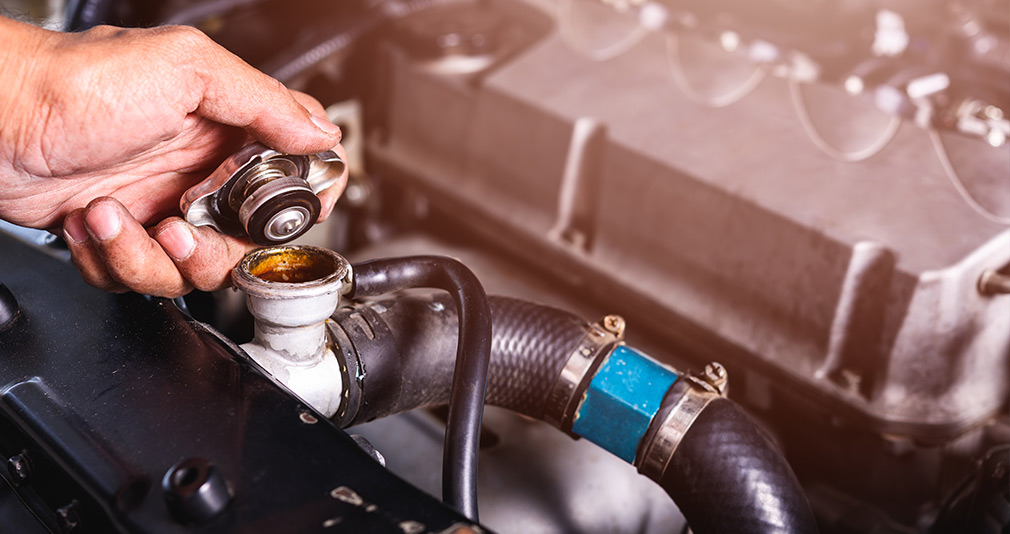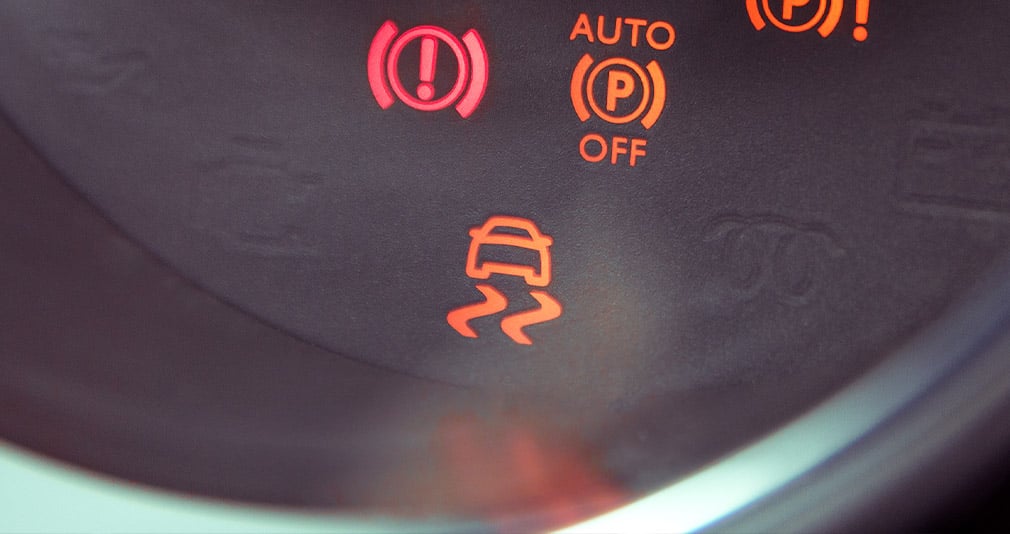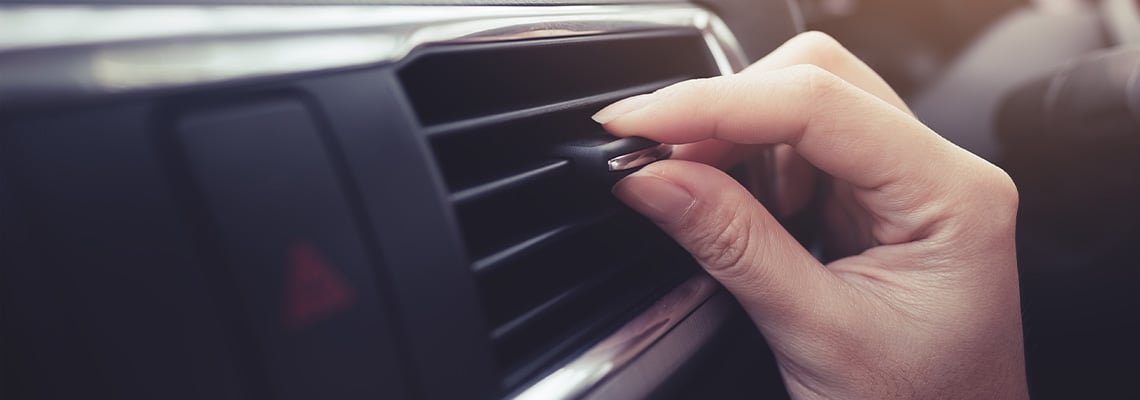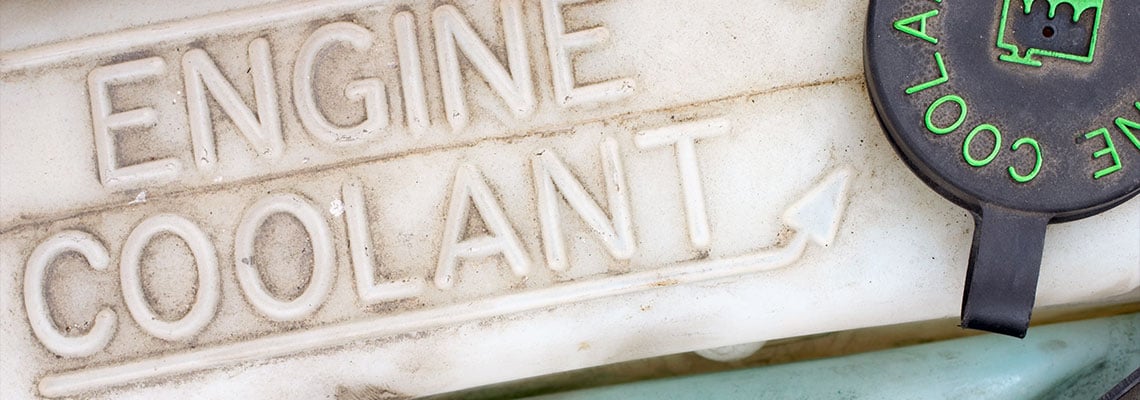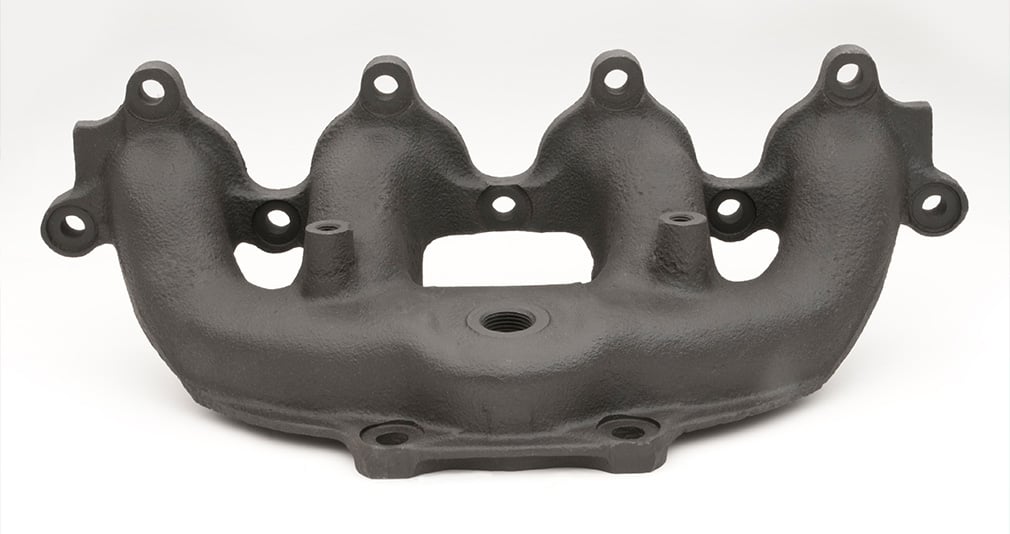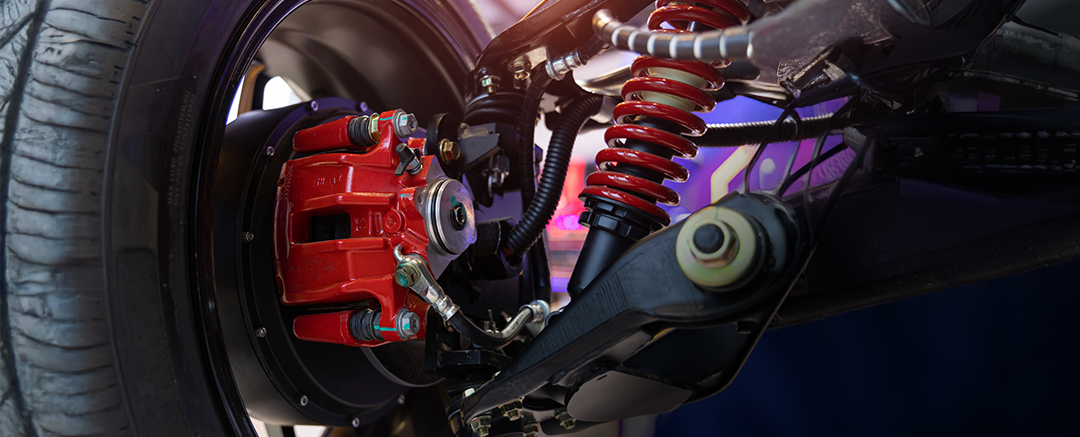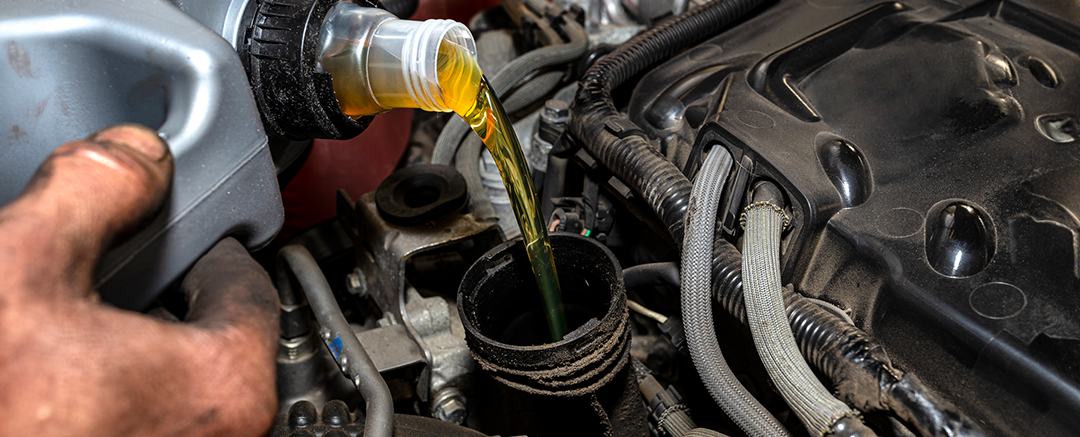If you’ve ever found yourself stranded on the side of the road with smoke coming from the hood, you already know how important the coolant system is to your car’s performance. As its name suggests, the coolant system helps to regulate the engine’s temperature as you drive. Flushing the coolant system is a necessary part of vehicle maintenance — and it’s something you can do yourself at home. Our guide will show you how to flush your coolant system safely and efficiently, saving you time, money and stress.
What Does a Coolant System Do?
A coolant system is made up of six parts — the engine, radiator, water pump, cooling fan(s), hoses and thermostat. While you drive, some of the fuel that’s used in the combustion process is converted into heat. This heat is transferred to the coolant as it circulates through the engine and is then released into the air through the radiator fan.
The coolant system plays three roles that all keep your engine performing at its best:
- It removes excess heat so that the temperature inside the engine stays stable.
- It quickly brings the engine’s temperature up to the right operating level.
- It keeps the engine’s temperature in its most efficient range.
Without a properly working coolant system, the heat generated by the combustion process would quickly destroy your engine.
The coolant fluid itself has properties that help remove rust and scales from your coolant system. It also contains additives that lubricate your water pump, which helps to extend its life. An engine water pump failure can cause severe — if not fatal — engine damage, so it's obvious why a functioning coolant system is beneficial. When your coolant system is working properly, your engine will run at peak performance.
Why Are Coolant Flushes Important?
Coolant and water are mixed together in ratios specific to your car and are moved through the hoses by the water pump. Over time, this fluid can become contaminated with debris and dust, making it less effective at removing heat and regulating the engine’s temperature. As coolant breaks down, it also loses its anti-corrosive properties and becomes more acidic, which can result in damage to the hoses and water pump. Replacing a coolant hose or water pump can get expensive — so be sure to follow the steps below to ensure your coolant system is flushed properly.
How to Flush Your Coolant System
Every car’s manufacturer has specific recommendations regarding how often a coolant flush should be done, but the general rule of thumb is every 30,000 miles or five years. When preparing to flush the coolant yourself, make sure you have everything you need before you start, then follow these steps:
- Park in a safe place. Make sure you are somewhere where you can safely work on your vehicle. The engine should be cold, the ignition should be off and the parking brake should be on.
- Drain the coolant. Place a bucket underneath the drain valve that’s located on the bottom of the radiator. The bucket should be able to hold at least two gallons of fluid. Open the valve and allow the fluid to drain into the bucket.
- Safely dispose of the old coolant. Coolant cannot be put down a drain. Store the coolant in labeled containers with tight-fitting lids until you have the opportunity to safely dispose of it. You can find more information on safe disposal from your local government.
- Run water in the radiator. Open the radiator pressure cap and fill the radiator with distilled water. Run the engine with the heater control on high for 10 minutes. Monitor your car’s temperature gauge to make sure the car doesn’t overheat. If your car has a temperature warning light instead of a gauge, turn off the engine as soon as it lights up. Allow your engine to cool down completely. Once the radiator is cool enough to touch, drain the distilled water and store it in a labeled container for disposal.
- Replace the coolant. Use your owner’s manual to determine the right amount of coolant for your car’s system. You can purchase either pre-diluted coolant or a concentrate; if you’re using the latter, divide the required number by two and buy that amount. A 50/50 coolant-to-water ratio is usually right for most cars, but make sure to check the manual or online information for your car’s specific requirements. The wrong ratio of coolant to water can hurt the engine’s performance.
- Disperse the coolant mixture. Replace the pressure cap and run your engine to help disperse the coolant evenly through the system.
- Monitor the system levels. After driving around for a few days, check the fluid levels in the reservoir and fill it again if it’s low. If it is still low when you check a second time, take your vehicle in for inspection because you may have a leak.
Trust Rainbow Muffler & Brake With Your Car
When you need car repairs that you aren’t able to handle yourself, it pays to have a mechanic you can trust. The team at Rainbow Muffler & Brake has the expertise and skills to address anything your car may need, from routine maintenance to major repairs. Visit any of our six locations today.

